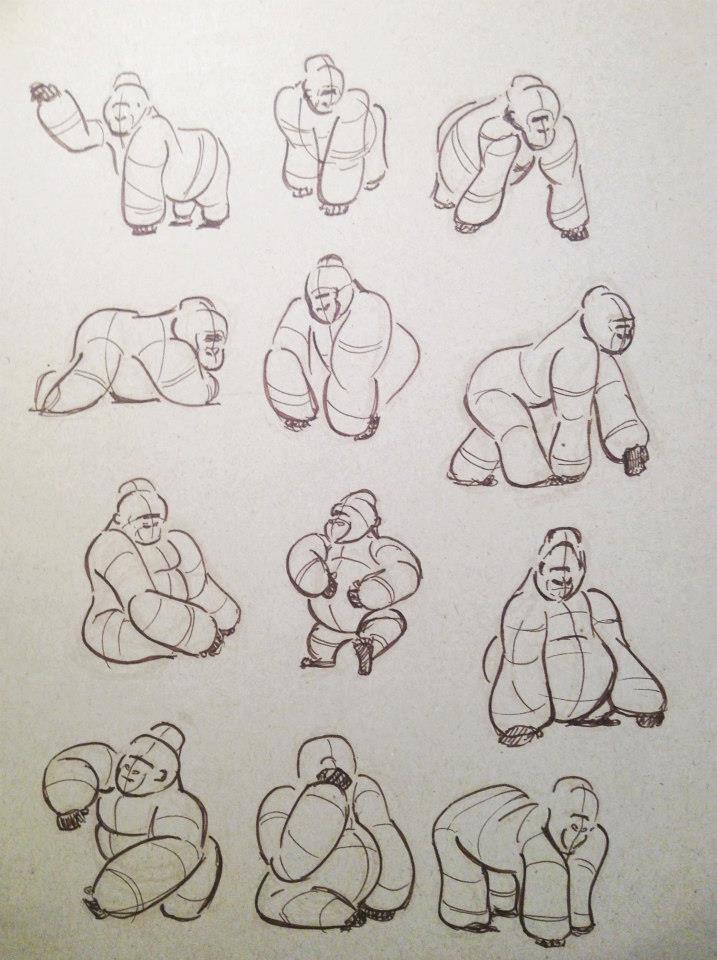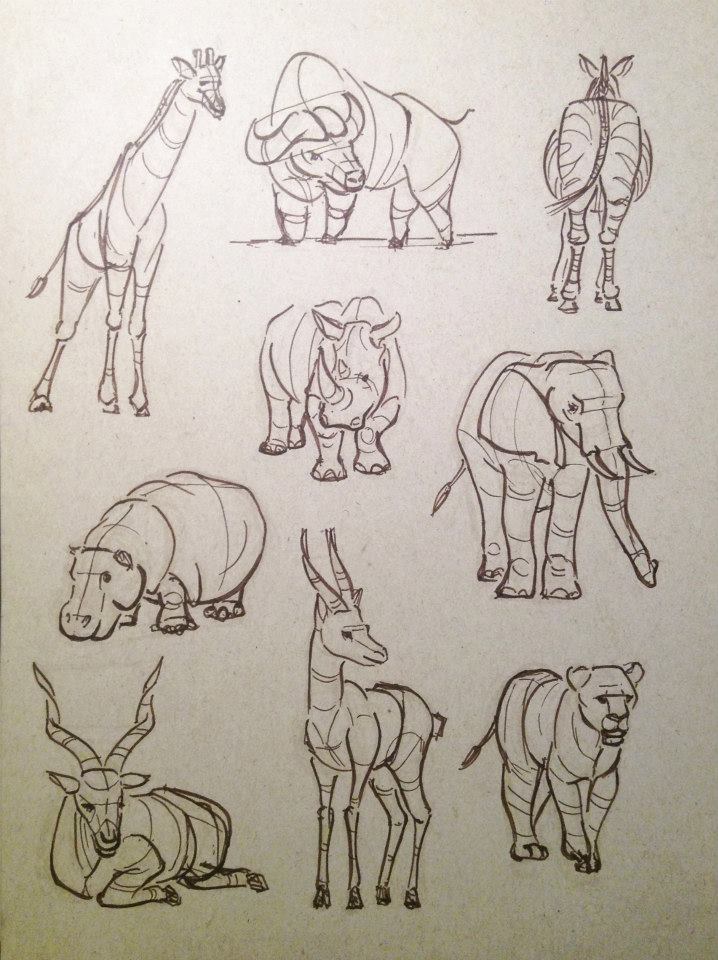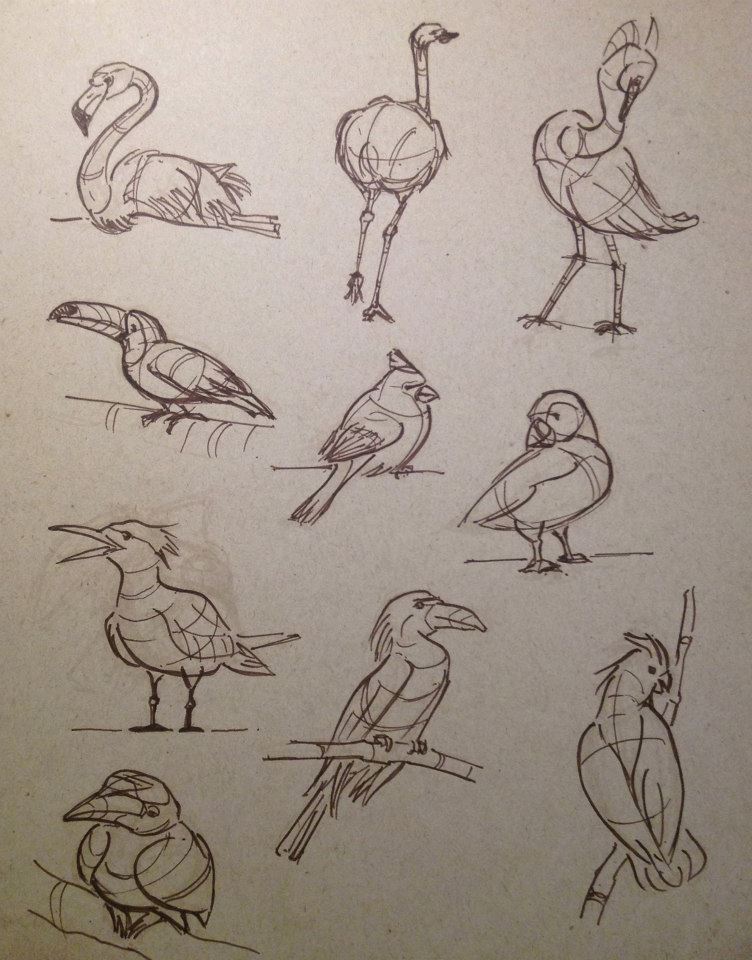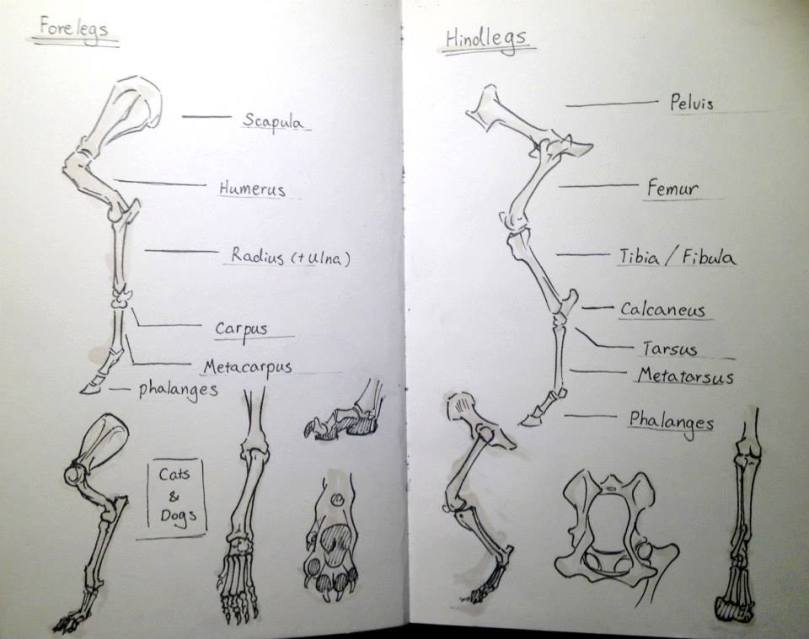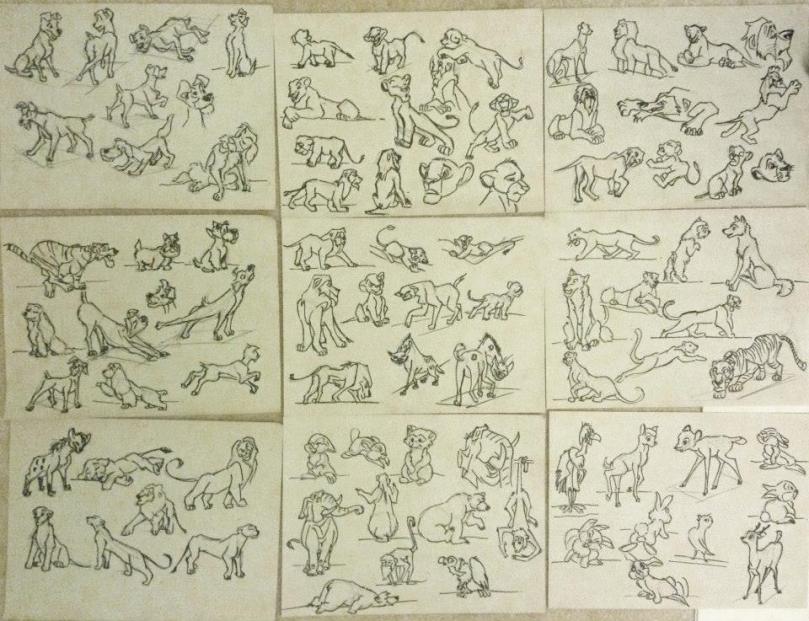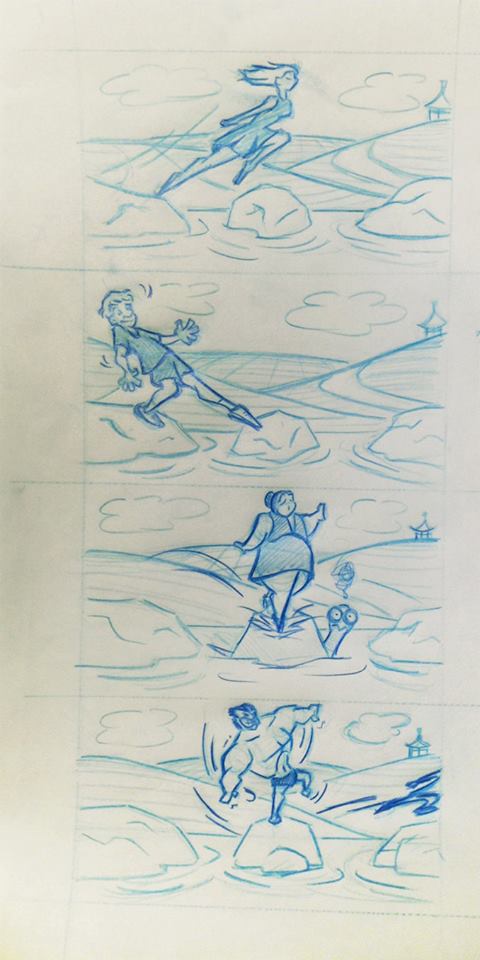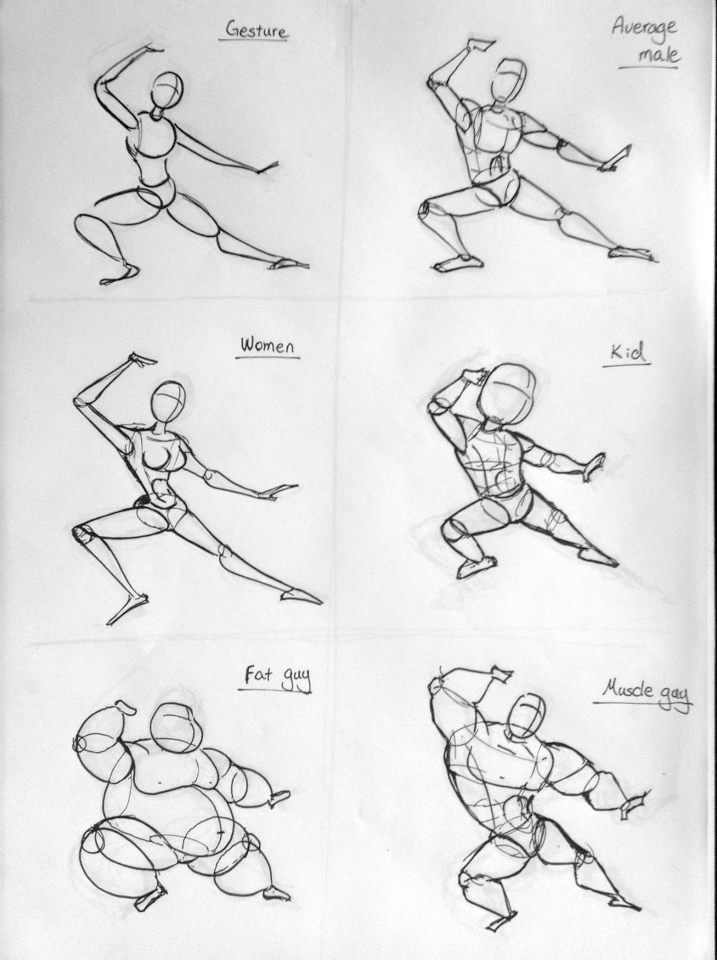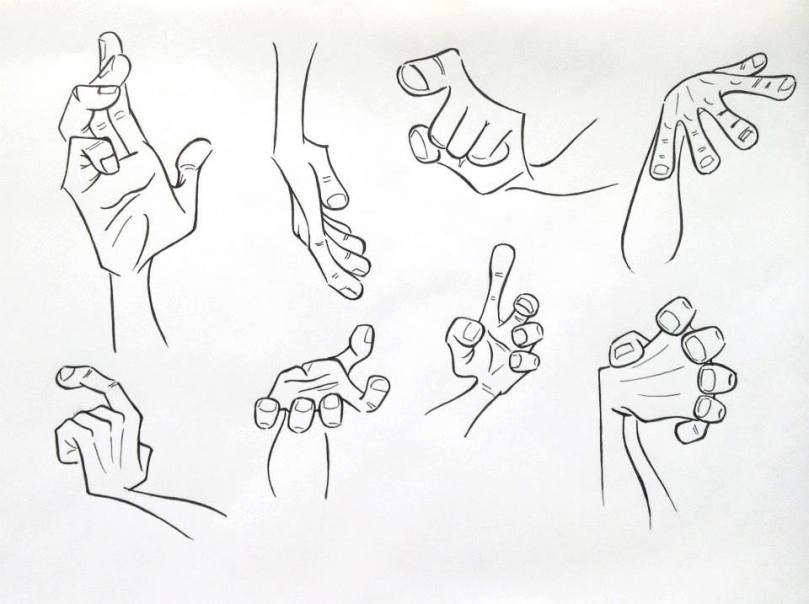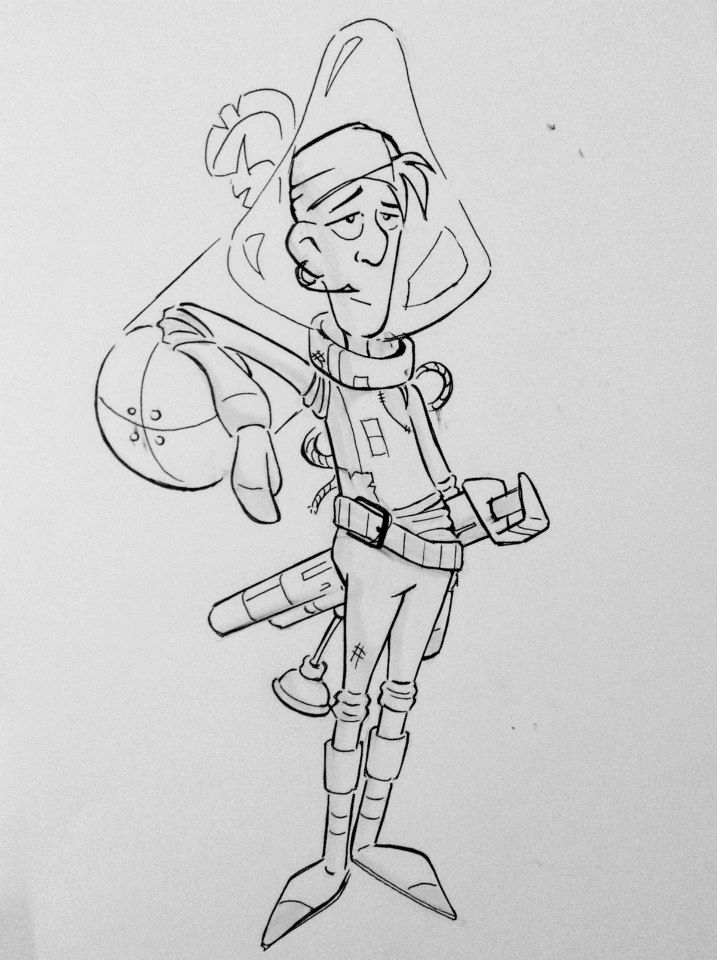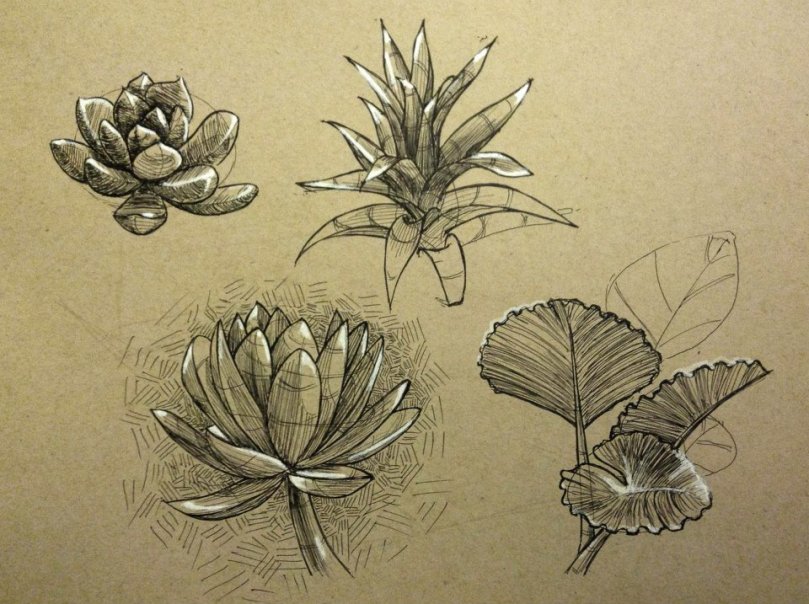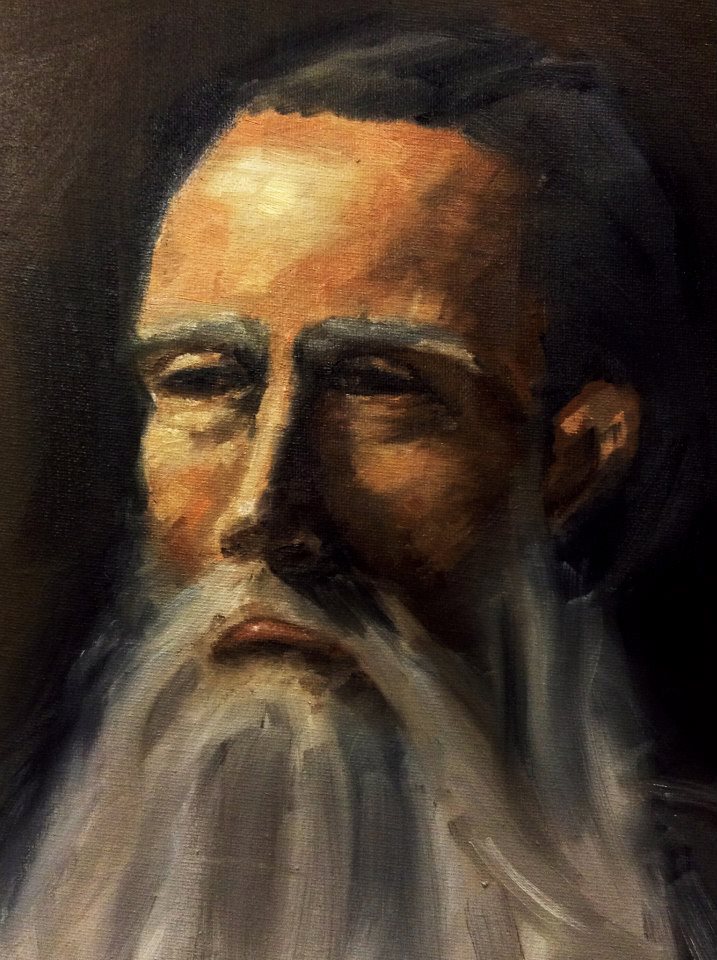So this is the first post after my blog (and life) transition! Just wish to record some progress in my concept art studies after not drawing and painting for 6 years. Feel so good that sometimes I can’t believe this is going to be what I do full-time! (Why didn’t I start this 1.5 years ago?!)
In any case, the goal of this blog is to have bad paintings and drawings at the beginning and hopefully show improvements over time. My ultimate hope is for this to envolve into a log that shows dreams can be achieved no matter how distant it is from where you are.
Anyways, here are some selected pages of what I’ve been doing over the last month or so =P
First, some animal thumbnails~ (went to the zoo last week, but those are mostly from photo as I’m still not very comfortable drawing while standing in the crowd >.<)
Gorillas are super fun to draw!
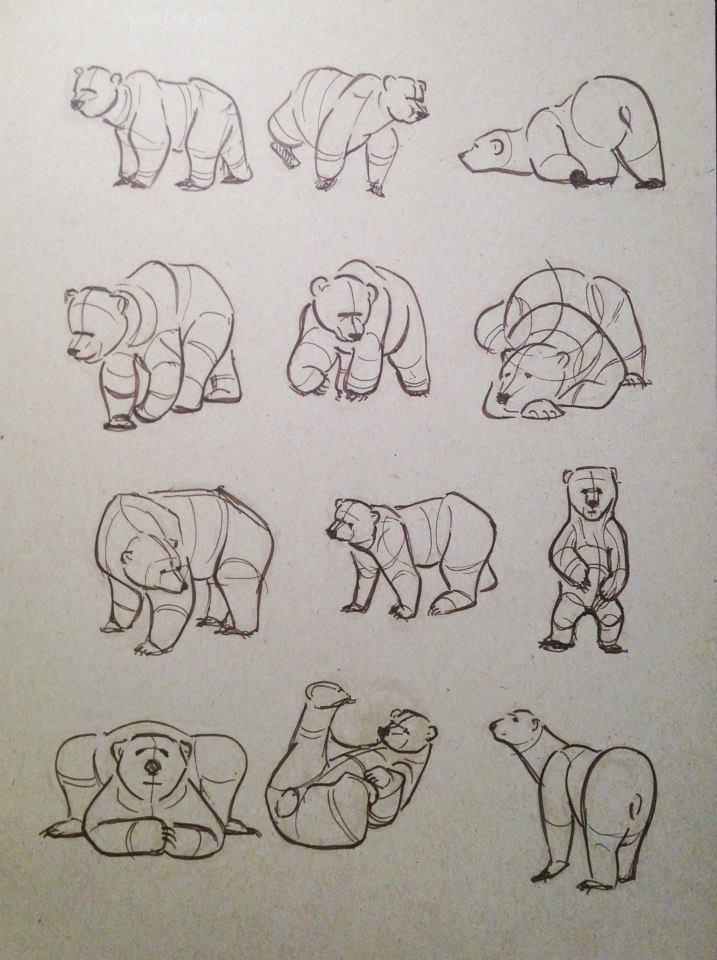
Bears (and some polar bears)
African collection
Birds
This is me trying to figure out how does animal legs bend…
Copied animal poses before the zoo, to get a better idea of how to capture the gesture.
Now onto human figure invention~
Those are given a background and invent a character to put into the scene.
This was super fun to draw~ I am happy to see that now I can draw figures without finding a photo reference ^^
Take a pose and change the character posing. (we actually had a model doing in and was asked to change him into ‘superhero’, ‘sexy women’ etc =P)
I think I really like drawing fat guys…
Hand expressions, roughly a half of them copied from master animators from Disney, the other half drawn according to my own (left) hand =P
Designing a ‘space pirate’.
Okay, below are some absolutely uncategorized random stuff I just decided to throw in:
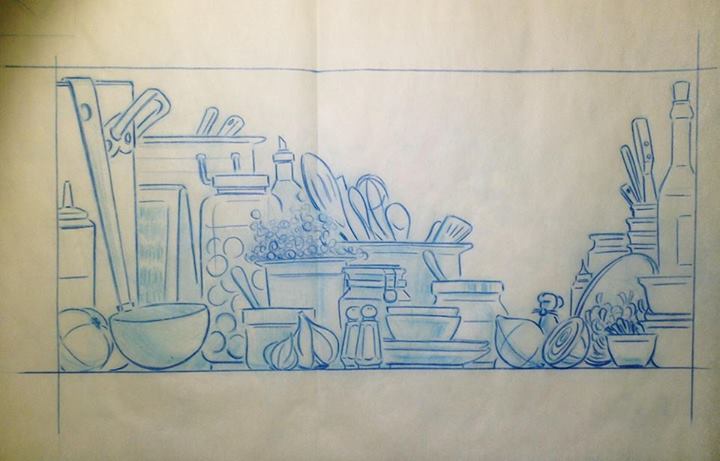
A little layout. (obviously inspired by Ratatouille)
Some plants (drawn on spot in Caltech)
Balls, painted in Photoshop
Okay…onto…oil painting! I have to say that I have never done oil in my life…(and I only ever painted a couple times back in high school >.<) But it’s so exciting to start!!!
I started off by going to those life model sessions where there is a model posing and everyone drops in and paints:
First-time still life.
Some thumbnail landscapes from my travel photos.
Anyways, painting is something I am most looking forward to improve! Just started to systematically learning it last week, so stay turned!
A sketch of a piece I really wanted to paint once I get better at it:
